WHAT IS PICKLEBALL?
Pickleball is a simple paddle game played using a perforated, slow-moving ball over a tennis-type net on a badminton-sized court. The rules are simple and the game is easy for beginners to learn!
HISTORY
Pickleball was invented in 1965 on Bainbridge Island, a short ferry ride from Seattle, WA. Three dads – Joel Pritchard, Bill Bell, and Barney McCallum -whose kids were bored with their usual summertime activities are credited for creating game. Pickleball has evolved from original handmade equipment and simple rules into a popular sport throughout the US and Canada. The game is growing internationally as well with many European and Asian countries adding courts.
Learn more about Pickleball history.
RULES
The ball is served diagonally to the opponent’s service court underhanded without bouncing it off the court.
Points are scored by the serving side only and occur when the opponent faults (fails to return the ball, hits ball out of bounds, etc.). The server continues to serve, alternating service courts, until the serving side faults. The first side scoring 11 points and leading by at least a 2-point margin wins. If both sides are tied, then play continues until one side wins by 2 points.
Double Bounce Rule: Following the serve, each side must make at least one ground-stroke, prior to volleying the ball (hitting it before it has bounced).
Non-Volley Zone: A player cannot volley a ball while standing within the non-volley zone.
See the International Federation of Pickleball (IFP) Rulebook for more regulations and rules.
SCORING
- Points are scored only by the serving team.
- Games are normally played to 11 points, win by 2.
- Tournament games may be to 15 or 21, win by 2.
- When the serving team’s score is even (0, 2, 4, 6, 8, 10) the player who was the first server in the game for that team will be in the right-side court when serving or receiving; when odd (1, 3, 5, 7, 9) that player will be in the left-side court when serving or receiving.
COURT
 The dimensions and measurements for the standard pickleball court are 20 feet (6.10 m) wide and 44 feet (13.41 m) long for both singles and doubles matches.
The dimensions and measurements for the standard pickleball court are 20 feet (6.10 m) wide and 44 feet (13.41 m) long for both singles and doubles matches.
Court lines should be 2 inches wide and measurements should be made to the outside of the lines.
Baselines: The baselines are the lines parallel to the net at each end of the court.
Sidelines: The sidelines are the lines perpendicular to the net on each side of the court.
Non-Volley Line: The non-volley line is the line on each side of the net between the sidelines and parallel to the net. These lines are located 7 feet (2.13 m) from the net.
Non-Volley Zone: The non-volley zone is the area of the court bounded by the two sidelines, the non-volley line, and the net. The non-volley line and the sidelines are included in the non-volley zone.
Centerline: The centerline is the line on each side of the net bisecting the area between the non-volley line and the baseline.
Service Courts: The service courts are the areas on either side of the centerline, bounded by the non-volley line, the baseline, and the sideline.
PADDLES
An official paddle (used in tournament play) should not contain holes, indentations, rough texturing, tape, features that are reflective, or any objects or features that allow a player to impart additional or increased spin on the ball.
Shop Pickleball Now paddles.
Learn more about tournament IFP paddle requirements.
BALLS
A standard ball is made of durable plastic material molded with a smooth surface and free of texturing. An official ball should be 2.75 inches (6.99cm) to 3 inches (7.62 cm) in diameter and should weigh between 0.8 and 1.02 oz (21 and 29 grams).
Shop Pickleball Now balls.
Learn more about tournament IFP ball requirements.
NET
The net should be made of any open, meshed fabric material small enough to prevent the ball from passing through the net.
The net should be least 20 feet long (6.1 m) extending from one sideline to the other. It should measure exactly 36 inches (0.914 m) tall at the sidelines and 34 inches (0.86 m) at the center of the court. A center strap may be placed at the center of the net to enable easy adjustment.
The top of the net should be edged with a 2 inch (5.1 cm) white binding over a cord or cable running through the binding. This binding must rest upon the cord or cable.
Net posts should be placed outside the sidelines. Recommended placement is 12 inches (30.48 cm) from the sideline.
LINGO
Carry: Hitting the ball in such a way that it does not bounce away from the paddle but tends to be carried along on the face of the paddle during its forward motion.
Cross-court: The court diagonally opposite your court.
Dead Ball: A dead ball is declared after a fault.
Dink Shot: A soft shot that is intended to arc over the net and land within the non-volley zone.
Double Bounce: A ball that bounces more than once, on one side, before it is returned.
Double Hit: One side hitting the ball twice before it is returned over net. Double hits may occur by one player or could involve both players on a team.
Drop Shot: A groundstroke shot that falls short of the opponent’s position.
Drop Shot Volley: A volley shot that is designed to “kill” the speed of the ball and return it short, near the net, to an opponent positioned at or near the baseline. This shot is especially effective when initiated close to the non-volley line.
Fault: A fault is any action that stops play because of a rule violation.
Groundstroke: Hitting the ball after one bounce.
Half Volley: A groundstroke shot where the paddle contacts the ball immediately after it bounces from the court and before the ball rises to its potential height.
Hinder: Any element or occurrence that affects play.
Let: A serve that hits the net cord and lands in the service court. Let may also refer to a rally that must be replayed for any reason.
Lob: A shot that returns the ball as high and deep as possible, forcing the opposing side back to the baseline.
Non-Volley Zone: The section of court adjacent to the net in which you cannot volley the ball. It includes all lines surrounding the zone.
Second Serve: A term used to describe the condition when a serving team begins the game or subsequently loses the first of its two allocated serves.
Overhead Slam / Smash: A hard, overhand shot usually resulting from an opponent’s lob, high return, or high bounce.
Passing Shot: A volley or groundstroke shot that is aimed at a distance from the player and is designed to prevent return of the ball.
Permanent Object: Any object near the court or hanging over the court that interferes with the flight of the ball. Permanent objects include the ceiling, walls, fencing, lighting fixtures, net posts, the stands and seats for spectators, the referee, line judges, spectators (when in their recognized positions) and all other objects around and above the court.
Rally: Continuous play that occurs after the serve and before a fault.
Replays: Any rallies that are replayed for any reason without the awarding of a point or a side out.
Service Court: The area on either side of the centerline, bounded by the non-volley line, the baseline, and the sideline. All lines are included in the service court except the non-volley line.
Side Out: Declared after one side loses its service and other side is awarded service.
Technical Foul: The referee is empowered to add one point to a player’s score or a team’s score when the opponent violates one of the rules calling for a technical foul or, in the referee’s judgment, the opponent is being overly and deliberately abusive.
Volley: Hitting the ball in the air, during a rally, before the ball has a chance to bounce onto the court.
STRATEGY
- Try to keep serves firm and deep. Vary direction but make sure they’re in bounds.
- Serve from near the center line so you can get at most returns more easily.
- Try to keep returns deep and to the corners.
- Generally stay near the back third of the court.
- Try to force opponents to use their backhand, most players are weaker there.
- Anytime you can, hit a deep forcing shot into the corners, where your opponent doesn’t have time to set up for their shot. That gives you a chance to come to the non-volley line and hit a passing shot.
- Face your opponent. You’re in a better position to return a shot to either side.
- Never hit a drop shot when your opponent is deep. Good players will get to it quickly and be in position to hit a passing shot.
- Vary your shots so opponents can’t anticipate you, occasionally try to make them think you’re doing one thing but do another.
- Generally move left or right as your opponent moves but stay closer to the center line.
- Use lobs only when necessary and your opponent is at the net or non-volley line.
- If your opponent has managed to get to the net and you are still back, then you have 3 choices – hit a hard passing shot, hit a dipping shot that hits the ground at your opponent’s feet or hit a lob.
- The best choice depends upon your skill level with each type of shot. The best players rarely lob because it’s a difficult shot to hit deep enough to keep a good player from putting it away.
Learn about strategy for doubles play.
Content provided by our friends at the USA Pickleball Association (USAPA). Learn more about the USAPA.
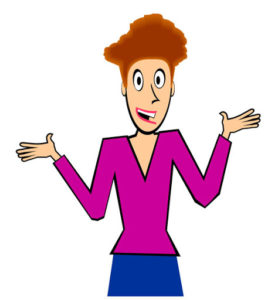 When I first started out playing pickleball, I found it very hard to maintain my focus. Little things would steal my concentration; a yell “OUT!” from another court, people walking behind the court I’m playing on, or just someone new walking in the door. And the minute something steals my attention whoosh there goes a ball by me.
When I first started out playing pickleball, I found it very hard to maintain my focus. Little things would steal my concentration; a yell “OUT!” from another court, people walking behind the court I’m playing on, or just someone new walking in the door. And the minute something steals my attention whoosh there goes a ball by me.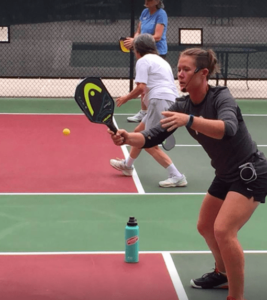
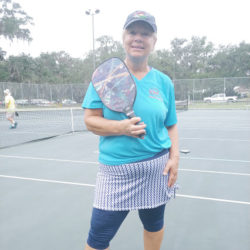
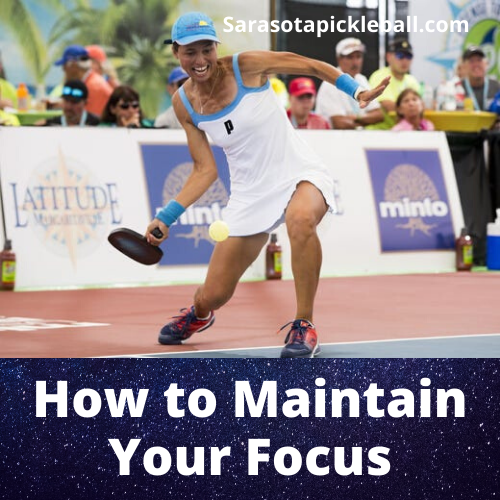
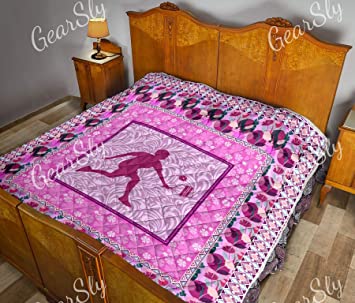
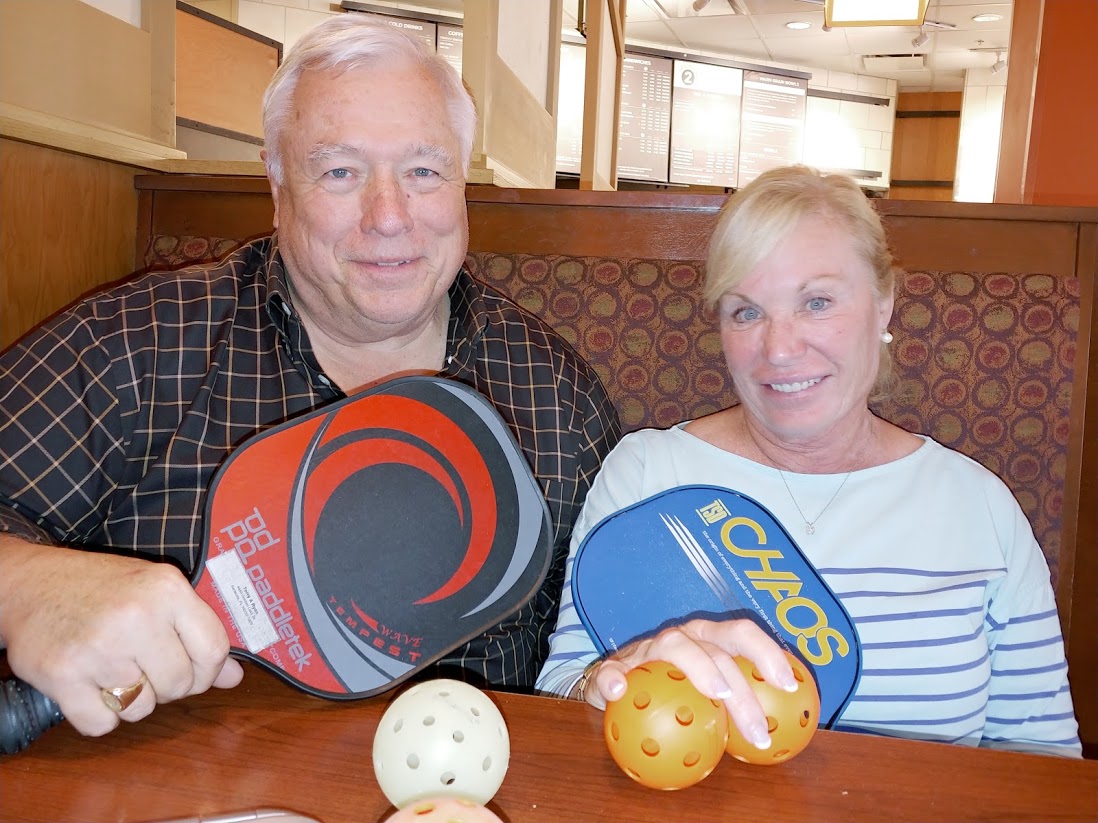
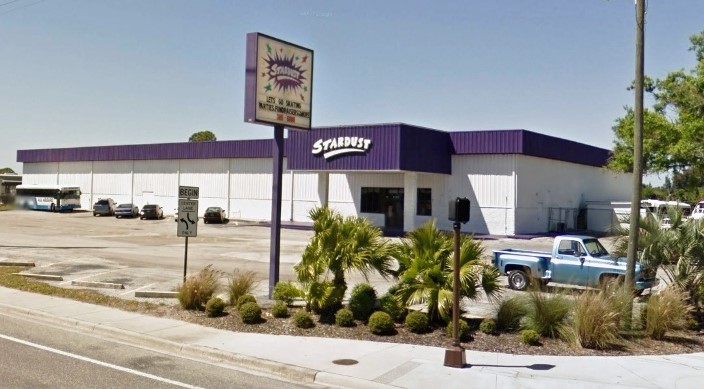

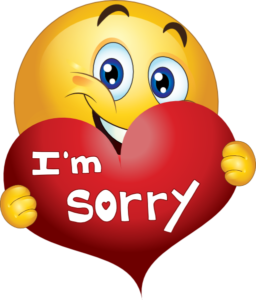
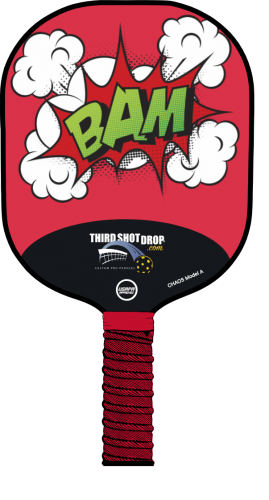



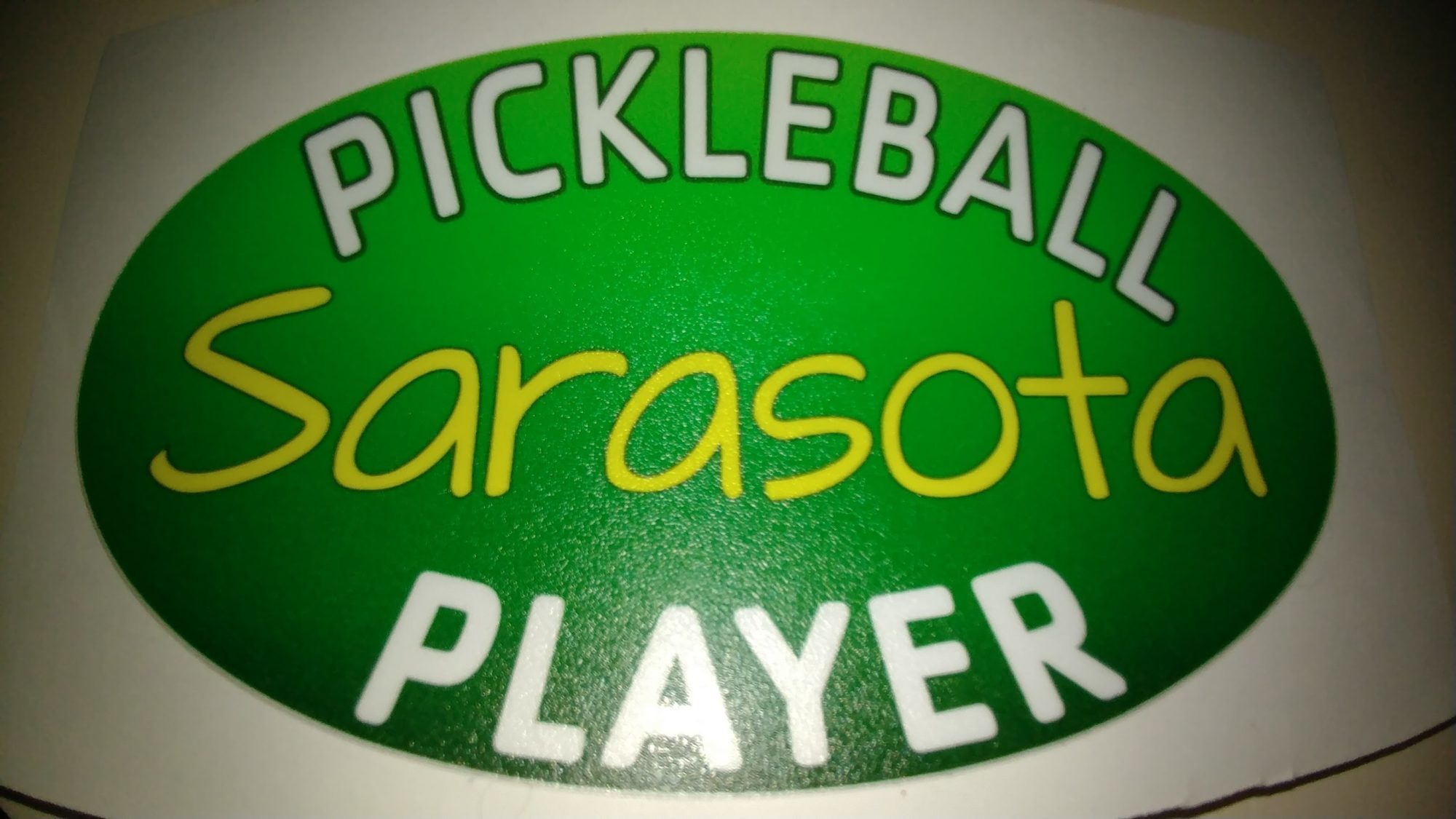
 The dimensions and measurements for the standard pickleball court are 20 feet (6.10 m) wide and 44 feet (13.41 m) long for both singles and doubles matches.
The dimensions and measurements for the standard pickleball court are 20 feet (6.10 m) wide and 44 feet (13.41 m) long for both singles and doubles matches.